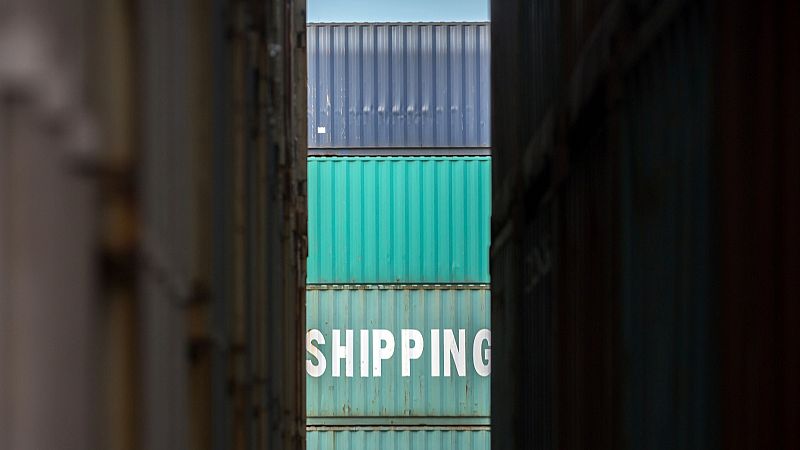Donald Trump’s comeback to the White House and the ongoing trade conflict between the United States and China have brought renewed attention to the India-Middle East-Europe Economic Corridor (IMEC).
The logistics corridor initiative, inaugurated during the 2023 G20 summit held in Delhi, seeks to streamline commerce in products, energy, and information.
This new trading path will circumvent the Suez Canal and create a connection between Europe and India through Israel and the Gulf monarchies.
“There has never been a greater need for such a corridor, as we must address both our current issues with China and the emerging regional rivalry among the United States, China, and Europe,” stated MEP Morten Løkkegaard (Renew Europe/Denmark) to Euronews.
“Producing goods in India is significantly nearer to Europe compared to producing them in China,” thereby reducing delivery times, notes MEP Niels Flemming Hansen (EPP/Denmark), who is also the vice-chairman of the European Parliament’s delegation for relations with India.
A number of gateways into Europe are being considered: the harbors at Piraeus in Greece, Marseille in France, and Trieste in Italy.
“Instead of viewing IMEC as a single line, we should see it as a network. This way, its resilience and capacity to endure disruptions could significantly improve due to various access points,” explains Alberto Rizzi, a policy researcher at the European Council on Foreign Relations (ECFR).
Rizzi also noted, “It appears that France is leading compared to the other European parties.”
Competition from China?
Rizzi points out that the participating nations do not share identical motives. Besides aiming for improved entry into both European and Gulf markets, India is also seeking a means to counter China’s surrounding strategic moves.
The Gulf monarchies view this as an chance to place themselves at the heart of upcoming trade in commodities and energy.
On its own, the European Union aims to lessen its reliance on China via a risk reduction approach.
“Additionally, this serves as a means to bring not just the world’s biggest democracy, but also the most populated nation and a promising commercial and industrial ally—India—even nearer into the sphere of influence of Europe,” Rizzi pointed out.
Although the New Spice Route is viewed as a way to compete with the New Silk Road initiative launched by Beijing, the scholar remains skeptical about its potential to match the Chinese economic belt.
Rizzi stated, “We shouldn’t view the IMEC as a rival since the New Silk Road is a worldwide project led by China that effectively includes the entire globe, unlike the IMEC which focuses primarily on specific regions.”
One should not view, particularly with regard to the Gulf nations, adherence to the IMEC as a means of excluding China.
Even though the conflict between Israel and Hamas in Gaza caused delays for the New Spice Route project, it appears to have regained attention recently.
The European Union and the Gulf states aren’t alone in their pursuit of the growing Asian power. The United States is equally involved, which can be seen through US Vice President JD Vance’s recent visit to India for discussions aimed at negotiating a bilateral trade deal between Washington and New Delhi.


Leave a Reply